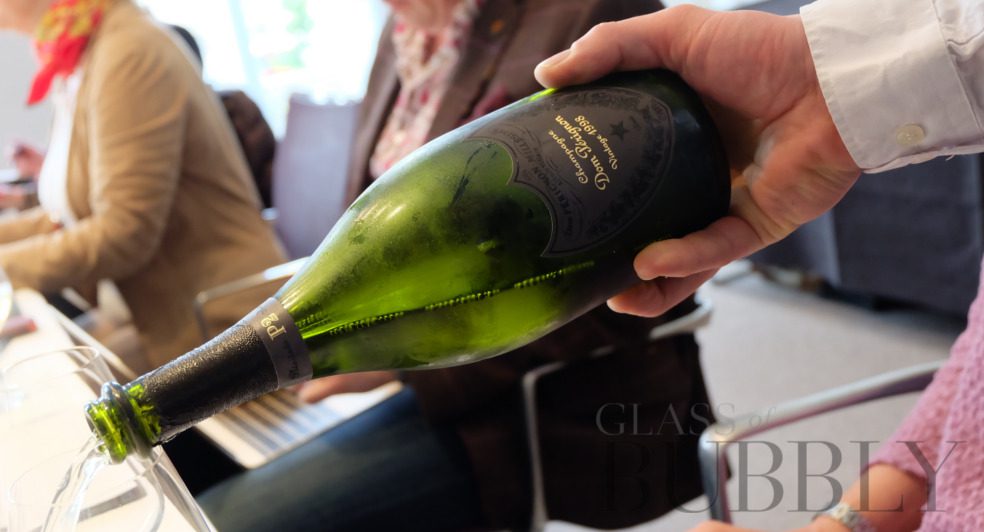Champagne: What Are Oenothèque & Vinothèque?
12th December 2023

If you are interested in older wines, those with added maturity, then both terms of Oenothèque and Vinothèque should interest you. Very much similar in appearance and sound, they also are quite close together in their meaning, though there are slight differences. The popularity of both are starting to blossom in the Champagne industry so it is quite important that these two words are understood better amongst buyers and collectors.
Most Champagne that is sold is non-vintage in that a blend of grape juices from multiple harvests are used to make it. It is required that non-vintage Champagne be aged for 15 months prior to being sold. Around 5% of production, and only on years with a superior harvest (usually three or four times each decade), there will be a vintage Champagne released made from the grapes of a single harvest as quoted on the bottle – 36 months will be the minimum required aging time in the bottle before being sold.
Vintages are usually the true expression of a Champagne house and much care and consideration is taken prior to release which for some wineries can be 10+ years from production. These wines are usually a more expensive option for the buyer, with the longer commitment in storage and caretaking process increasing the base price. There are also many great vintage blends released from Champagne houses, a wine that holds a mixture of vintages to give the buyer an expression of terroir over a number of years (though no longer can these labels be classified as vintage).
What does Oenothèque mean? When a Champagne house releases an Oenothèque range it means that following a release of a certain vintage, they had kept back a small percentage of these wines to be released in the future. A great example of this is Dom Pérignon who upon releasing their (first release) vintages will hold back 10/20% of the stock still on lees in their cellars ready for subsequent releases – this range is then called the (vintage) plénitude and will be marked on the label as P2 – They will also keep back a very tiny amount of the original first release stock to offer their P3. So the first release typically has 9 years of aging, the P2 around 18 years and the P3 sees 25 years of aging before release.
Many Champagne houses, both big and small, are offering an Oenothèque (library) range which gives modern day buyers the chance to experience the flavours from past wine making generations and expressing a different terroir. Many of these releases are from the 1990’s though some are going back further to 1980’s and even 1970’s.
By aging Champagne longer on the lees you will be developing aromas and flavours influenced by the dead yeast such as toast, nuts, butter yet also containing the original youth of the wine by showing delicate fruits and floral.
What does Vinothèque mean? Again we are talking about old Champagne though this time the bottles were not stored on lees and instead are part of the original release previously and simply a certain amount were kept back and stored in the cellars (on cork) for future re-release.
Nearly all Champagne houses will have their own Vinothèque and this being for their own research in that they keep back a stock of each of the wines they produce – These wines will be closely guarded and rarely released to anyone outside of their family/friends and persons they are looking to influence. A dedicated area of their cellars will contain their Vinothèque range and sometimes this will be under lock and key access.
![]()
Christopher Walkey
Co-founder of Glass of Bubbly. Journalist and author focused on Champagne & Sparkling Wines and pairing them with foods.
